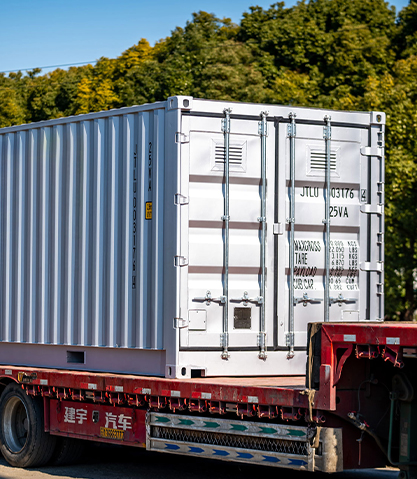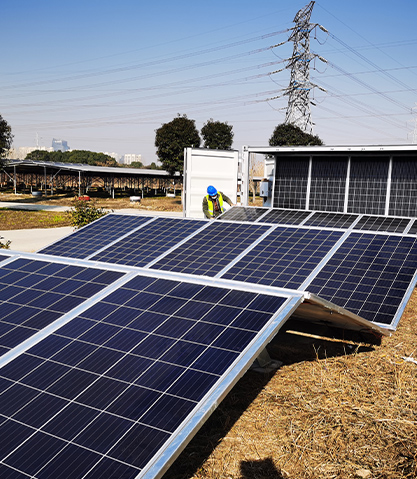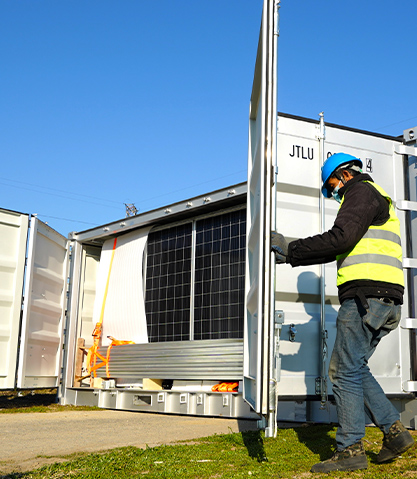Solar folding containerss have emerged as an innovative solution for both energy storage and transportation, attracting significant attention in the renewable energy sector in recent years. By integrating photovoltaic power generation with the portability of containers, they are particularly well-suited for scenarios such as temporary power supply, emergency backup, and electricity access in remote areas.
Based on different operational methods, Solar folding containerss can be broadly classified into two types: fully automatic and semi-automatic. Each type has its own characteristics, advantages, and limitations, making them suitable for different application scenarios.
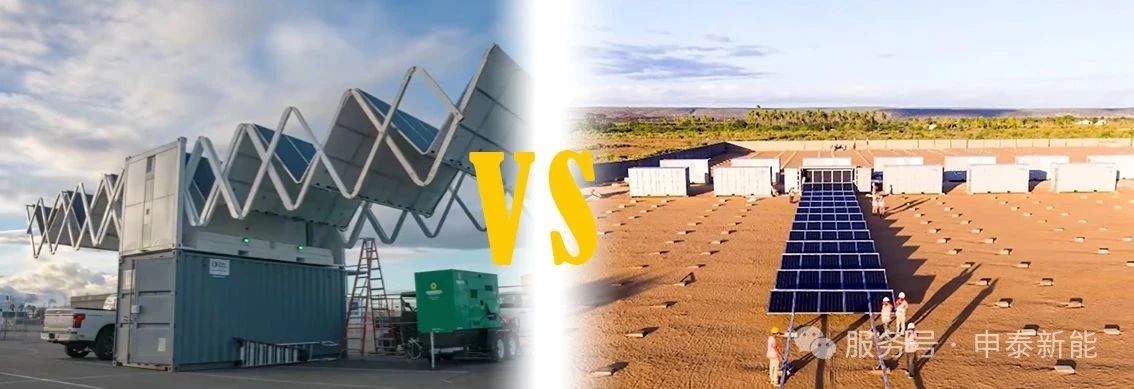
Advantages and Disadvantages of Fully Automatic Solar folding containerss
The most notable feature of fully automatic Solar folding containerss is their high degree of automation. Equipped with an intelligent control system, they can automatically deploy, retract, and start generating power at the push of a button. Users only need to initiate the process, and the container completes all operations without the need for manual intervention. This automated design significantly reduces operational complexity and enhances efficiency. Additionally, fully automatic models are often equipped with remote monitoring capabilities, allowing users to track power generation status, energy storage levels, and other key metrics in real time via smartphones or computers, which greatly facilitates system management.
However, fully automatic models also come with certain drawbacks. First, they are relatively costly. The use of complex control systems and additional electrical components results in higher manufacturing and maintenance costs compared to semi-automatic versions. Second, they depend on a stable power supply. The deployment and retraction mechanisms are electrically driven, so if battery levels are low or a system malfunction occurs, normal operation may be disrupted. Furthermore, the mechanical structure of fully automatic models tends to be more complex, making troubleshooting and repairs more challenging and often requiring professional technical support.
Advantages and Disadvantages of Semi-Automatic Solar folding containerss
Semi-automatic Solar folding containerss require a certain level of manual involvement during operation. Typically, the deployment and retraction processes must be assisted manually, while the power generation and energy storage systems operate automatically. This design provides advantages in terms of cost and maintenance. With fewer automated components, the manufacturing cost is lower, and the relatively simpler structure makes maintenance easier. Moreover, semi-automatic models are less dependent on power availability; even when battery levels are insufficient, deployment and retraction can still be completed manually.
That said, semi-automatic models also have their limitations. First, the operational efficiency is lower. Due to the need for manual intervention, the deployment and retraction processes take longer, which can be a disadvantage in emergency situations that demand rapid response. Second, these models require trained personnel for proper operation. Without adequate training, users may find it difficult to operate the system effectively, potentially impacting performance. Additionally, semi-automatic versions typically do not include remote monitoring functions, making it harder for users to track system status in real time and manage the setup as conveniently as with fully automatic models.

Key Differences Between Fully Automatic and Semi-Automatic Solar folding containerss
1.Operation Method:
Fully automatic models are entirely powered by electric drives, enabling one-click operation; in contrast, semi-automatic models require manual assistance to complete certain steps.
2.Cost:
Fully automatic models involve higher manufacturing and maintenance costs; semi-automatic models are more cost-effective and budget-friendly.
3.Suitable Environments:
Fully automatic models are ideal for applications where convenience and rapid deployment are priorities, and where budget is not a major constraint; semi-automatic models are better suited for situations with limited budgets or lower requirements for automation.
4.Maintenance Complexity:
Fully automatic models feature complex structures, making repairs more challenging; semi-automatic models are structurally simpler and easier to maintain.
5.Functionality and Features:
Fully automatic models often come with advanced features such as remote monitoring; semi-automatic models typically offer more basic functionality.
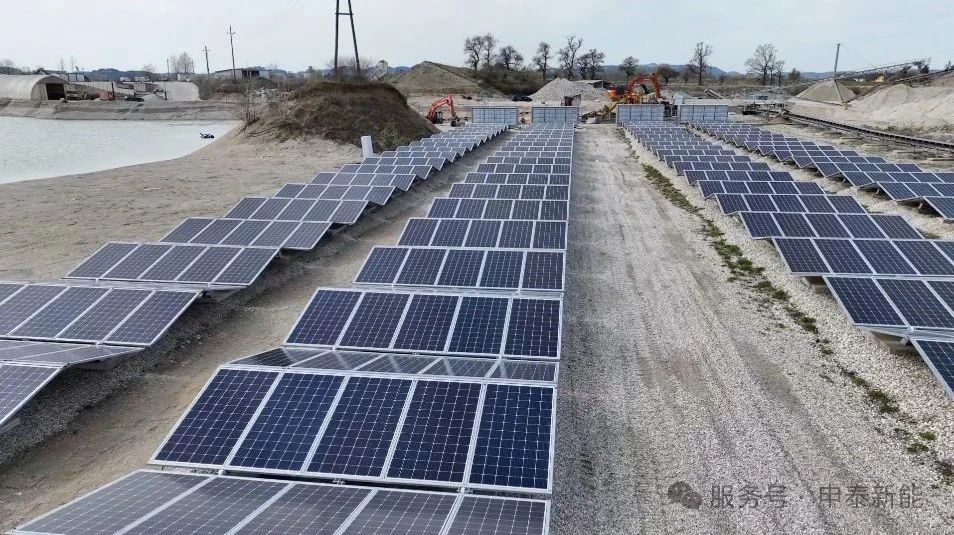
Application Scenarios for Fully Automatic and Semi-Automatic Solar folding containerss
Fully Automatic Models are better suited for the following scenarios:
1.Emergency Power Supply: In the event of natural disasters or sudden emergencies requiring rapid deployment of power systems, the efficiency and convenience of fully automatic models play a vital role.
2.Temporary Power Usage: On construction sites or during field operations where temporary electricity is needed, fully automatic containers can be quickly deployed, significantly reducing labor costs.
3.High-End Commercial Applications: For large-scale events, exhibitions, or any scenario that demands reliable power and simplified management, the advanced features of fully automatic models are highly advantageous.
Semi-Automatic Models are more suitable for these situations:
1.Power Supply in Remote Areas: In regions with underdeveloped power infrastructure, the affordability and reliability of semi-automatic models can effectively meet basic energy demands.
2.Small-Scale Projects: For household backup systems, small farms, or other budget-constrained projects, the lower cost of semi-automatic models makes them a more attractive option.
3.Long-Term Stationary Use: In cases where the system remains in a fixed location for extended periods, the simpler structure and lower maintenance needs of semi-automatic models offer clear advantages.
Future Development Trends
As technology continues to advance, both the level of automation and functional capabilities of Solar folding containerss are expected to improve. Fully automatic models may see breakthroughs in cost optimization, making them more accessible to a broader range of users. Meanwhile, semi-automatic models are likely to incorporate partial automation features to enhance ease of use. Additionally, the integration of smart technologies and the Internet of Things (IoT) will lead to more efficient system management, further expanding their potential applications.
Conclusion
Fully automatic and semi-automatic Solar folding containerss each have distinct advantages and limitations. Users should select the appropriate type based on specific needs, budget constraints, and environmental conditions. Whether prioritizing operational efficiency with a fully automatic model or focusing on cost-effectiveness with a semi-automatic one, both options provide flexible and impactful solutions for renewable energy deployment.

 English
English 中文简体
中文简体 عربى
عربى
